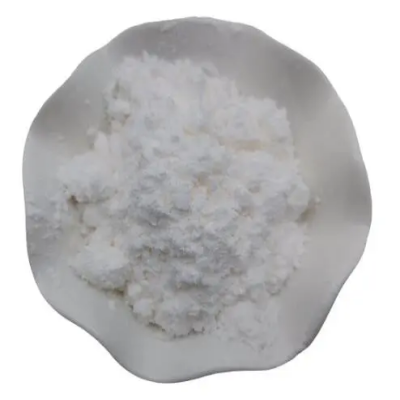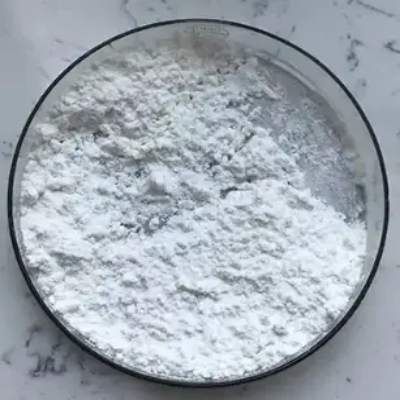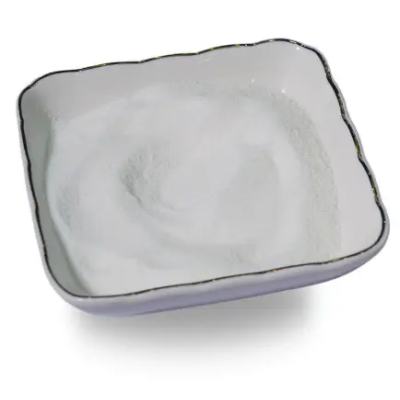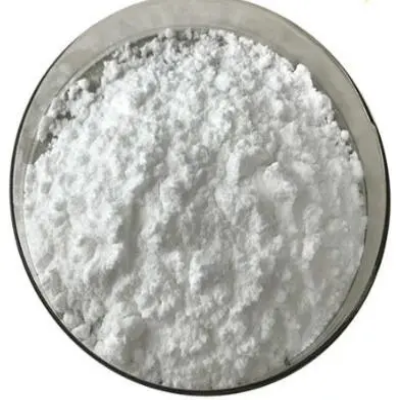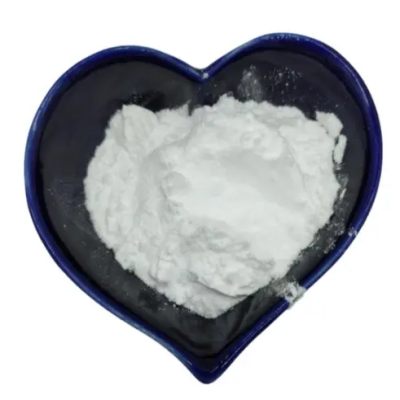Lithium triflate CAS:33454-82-9
Organic Synthesis: Lithium triflate serves as a powerful Lewis acid catalyst in organic synthesis, facilitating reactions such as Friedel-Crafts acylations, aldol condensations, and Diels-Alder reactions. Its catalytic properties enhance reaction efficiency and selectivity, particularly in the formation of carbon-carbon and carbon-heteroatom bonds. Electrolytes: The compound is crucial in the development of electrolytes for lithium-ion batteries. Its high ionic conductivity and stability contribute to enhancing battery performance and longevity, supporting applications in portable electronics and electric vehicles. Polymer Chemistry: In polymerization processes, lithium triflate acts as an initiator or catalyst, influencing the polymer chain growth and end-group functionalities. This role is essential in producing functionalized polymers with tailored properties for coatings, adhesives, and advanced materials. Coordination Chemistry: Due to its lithium cation, lithium triflate participates in coordination chemistry, forming stable complexes that influence catalytic and reactive properties. This aspect is exploited in asymmetric synthesis and organometallic chemistry. Ionic Liquids: Lithium triflate is a component in the formulation of ionic liquids, which are versatile solvents and electrolytes in various chemical processes, including separations, catalysis, and electrochemistry. Its unique solvation properties and low melting points expand the utility of ionic liquids in diverse applications. Analytical Chemistry: In analytical techniques such as nuclear magnetic resonance (NMR) spectroscopy, lithium triflate is employed as a shift reagent or an internal reference standard. Its distinct chemical shifts and interactions with analytes aid in structural elucidation and quantitative analysis, critical for research and quality control. Safety and Handling While lithium triflate is generally considered safe when handled properly, precautions should be taken to minimize exposure risks. It is recommended to work with the compound in a well-ventilated environment and use appropriate personal protective equipment (PPE), including gloves and safety goggles, to prevent skin contact and inhalation. Care should be taken to avoid moisture, as it can hydrolyze to release trifluoromethanesulfonic acid, which is corrosive. Conclusion Lithium triflate (LiCF3SO3) emerges as a versatile compound crucial in organic synthesis, polymer chemistry, and electrochemistry. Its role as a Lewis acid catalyst enhances reaction pathways and product yields in synthetic processes, while its applications extend to advanced materials such as lithium-ion battery electrolytes and ionic liquids. Ongoing research into its catalytic mechanisms and applications promises to further broaden its impact across various industrial sectors, underscoring its significance in modern chemical innovation and technology development.



| Composition | CF3LiO3S |
| Assay | 99% |
| Appearance | white powder |
| CAS No. | 33454-82-9 |
| Packing | Small and bulk |
| Shelf Life | 2 years |
| Storage | Store in cool and dry area |
| Certification | ISO. |


